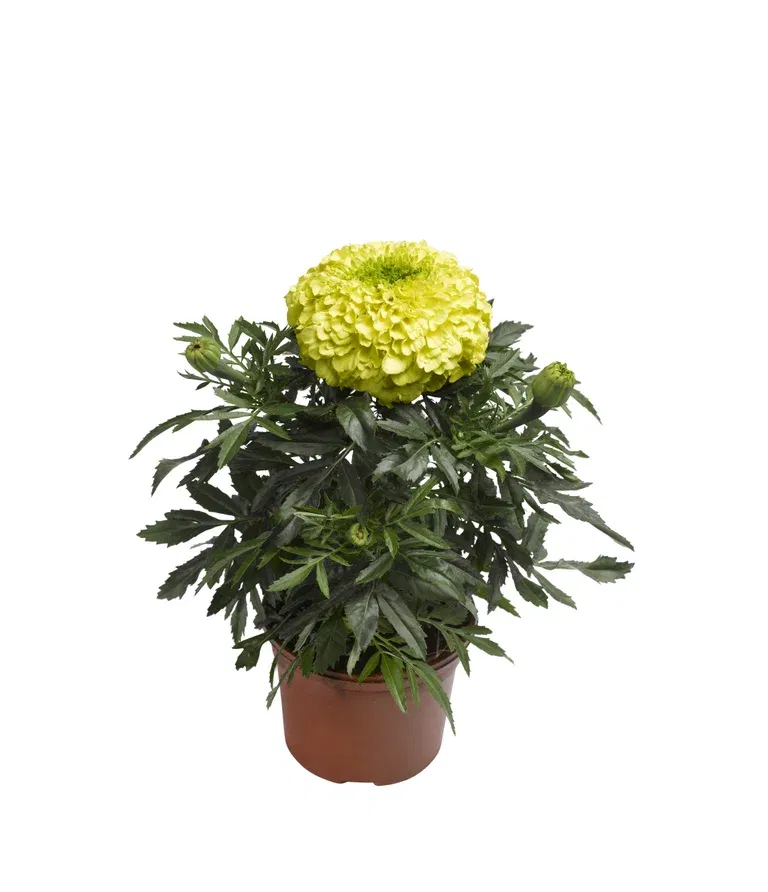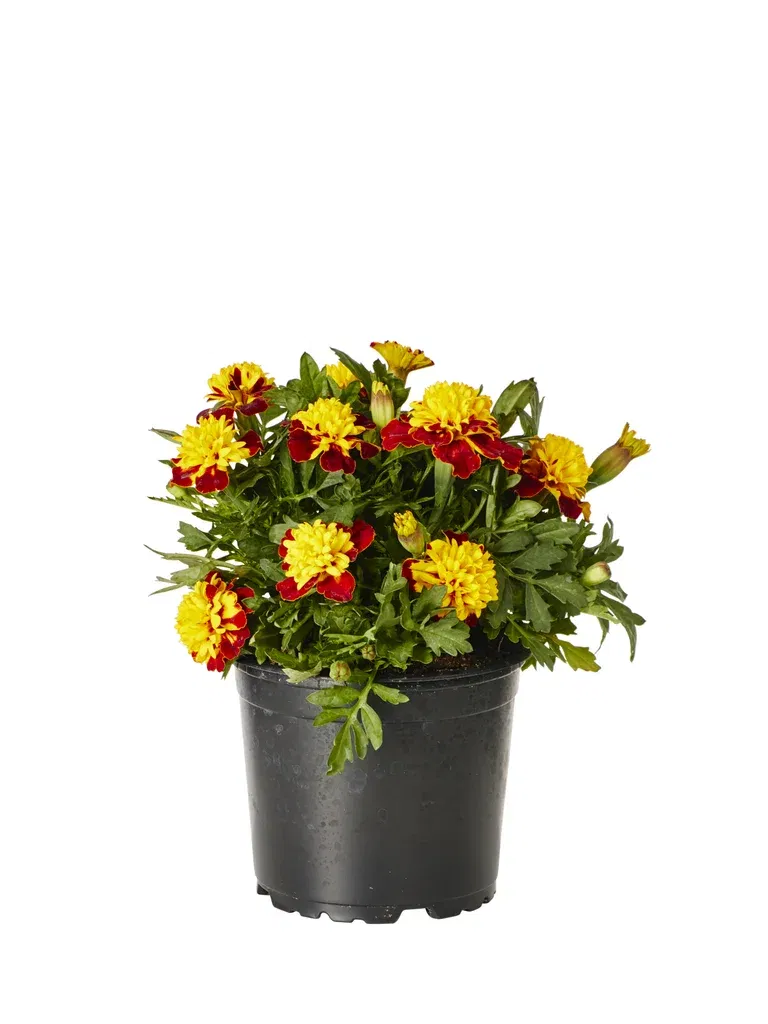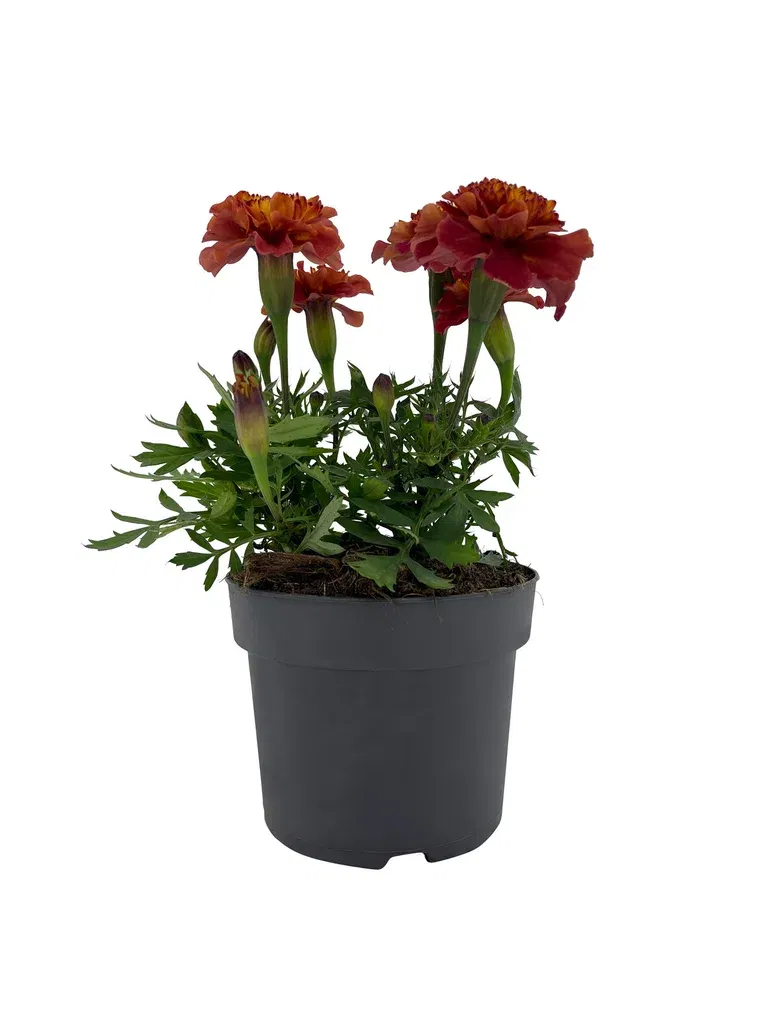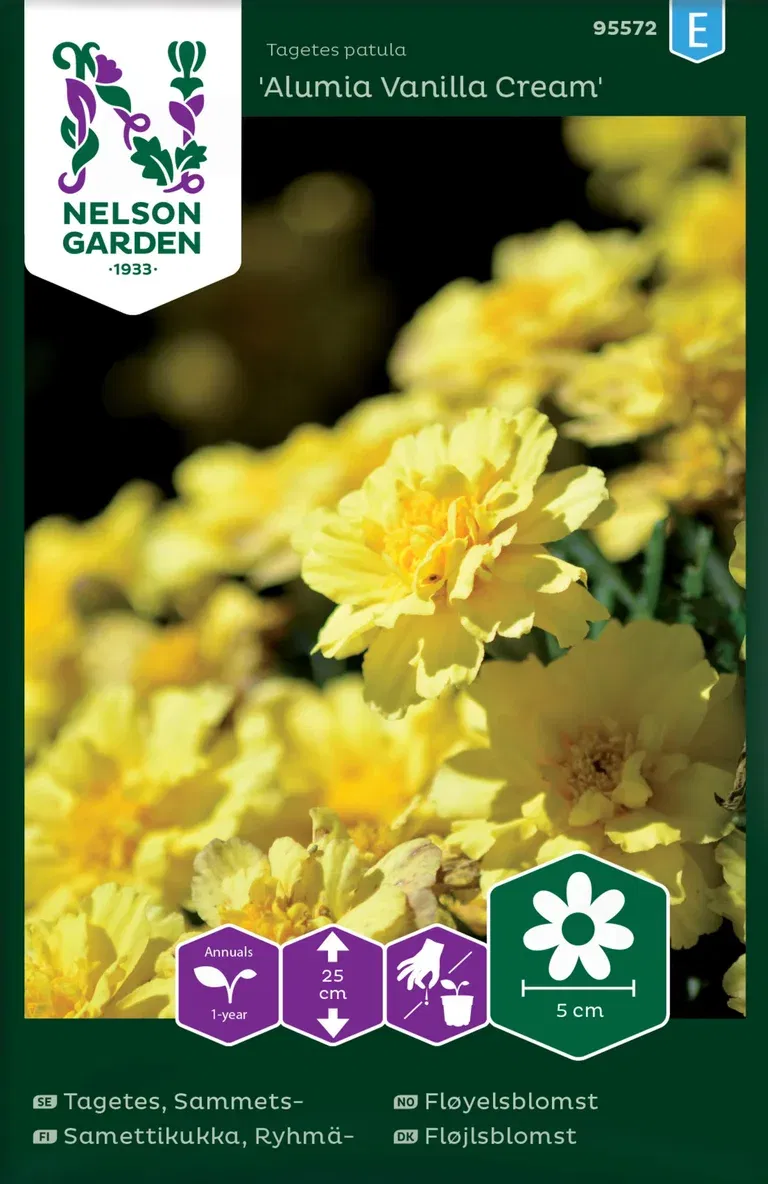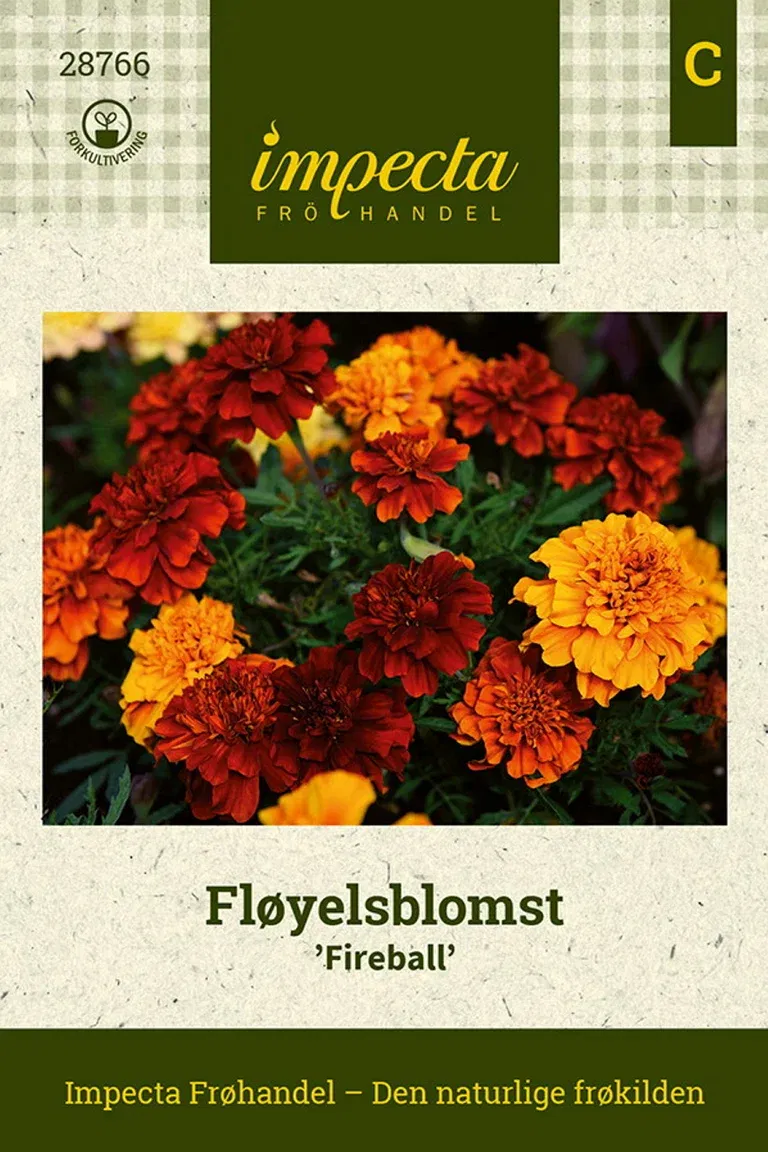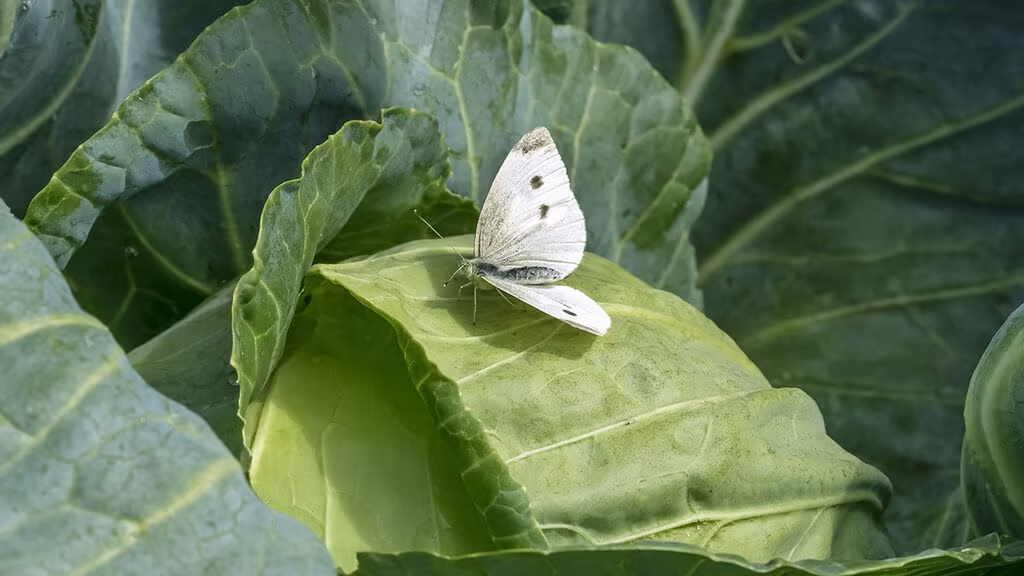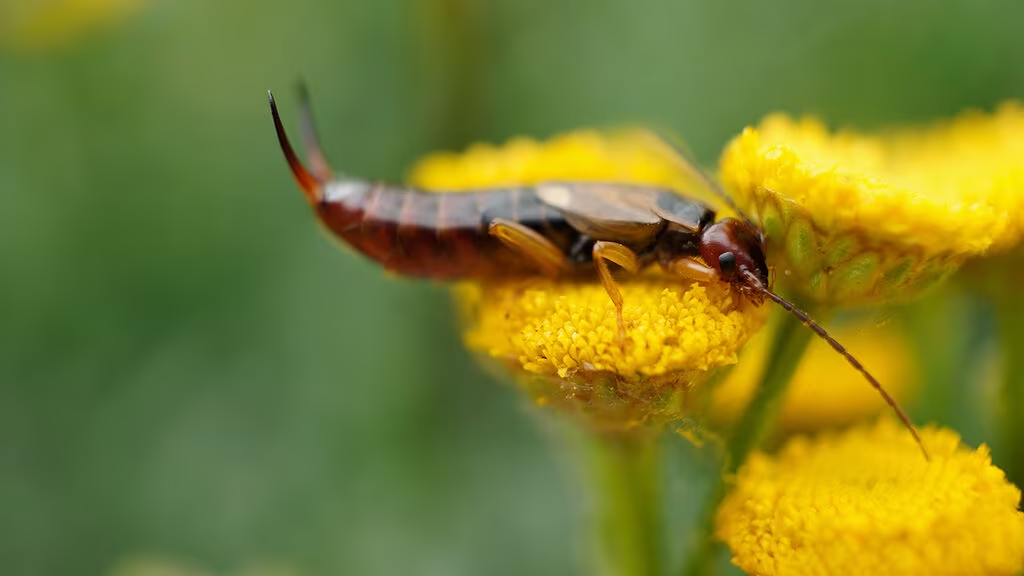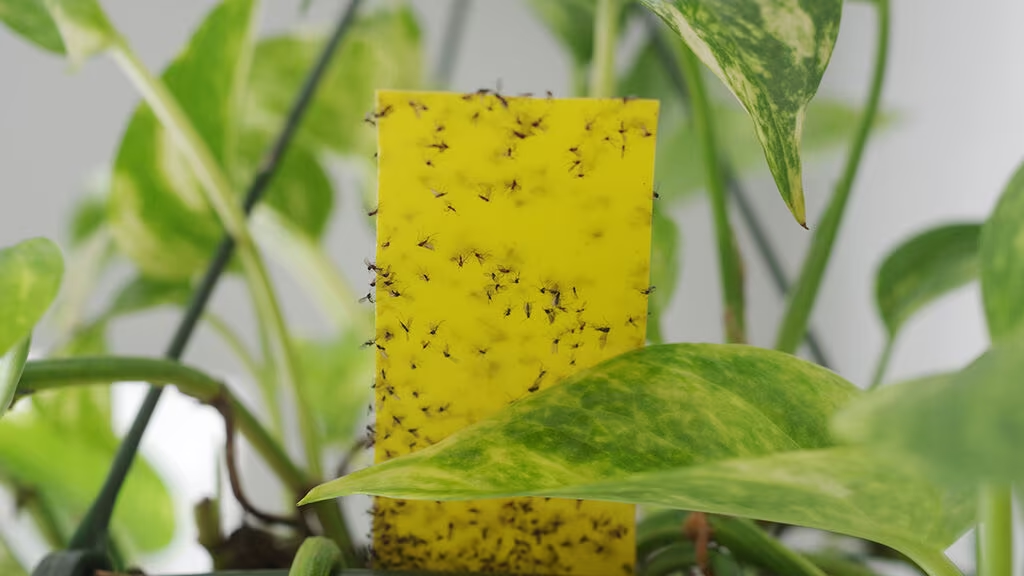Cultivate beautiful gardens - counteract harmful nematodes
There is a wealth of micro life in our soil. Most of it is beneficial, but not all. By cultivating colorful tagetes (marigold), you can keep the soil free from nematodes that like to eat the plant's roots.




Written by Liselotte Roll
Swedish garden inspirer, journalist and author of books about nature, cultivation and animals, such as "Soil", "Grow for insects" and "Chickens as a hobby".

